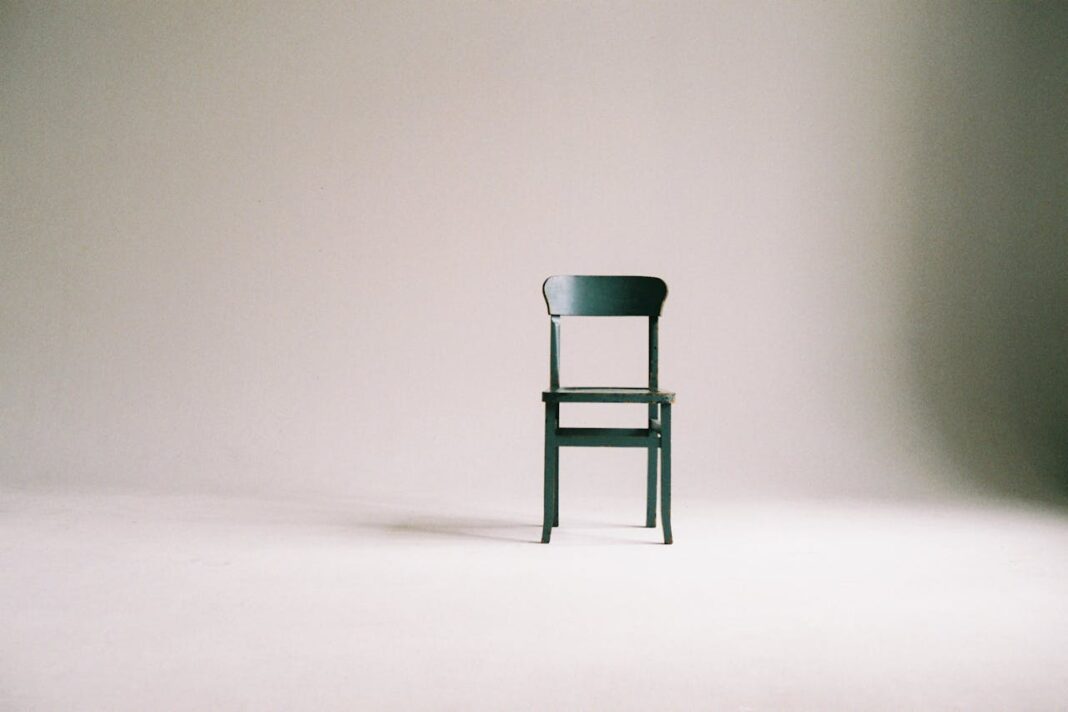Deciding whether to let a property fully furnished or unfurnished is a significant decision for landlords. This choice should be guided not only by personal preferences but also by tenant demand to ensure minimal void periods. There isn’t a one-size-fits-all answer; the type of property and its location often play a crucial role in determining whether it’s best to provide furnishings.
The General Trend
In our experience, apartments are more frequently let furnished, whereas houses are less commonly furnished. This trend is largely driven by tenant demographics:
- Apartments: Often rented by young professionals who may not own furniture and prefer a modern, move-in-ready home.
- Houses: Typically rented by families who have accumulated their own furniture and prefer to personalize their living space.
These are broad generalizations, and tenant preferences can vary significantly from one location to another. It’s essential to consult with an experienced local letting agent to make an informed decision.
Personal Circumstances
Landlords often base their decision on personal circumstances:
- Inherited Property: If you’ve inherited a property, it may already be furnished, and it might be practical to let it as such.
- Temporary Moves: If you’re moving away temporarily and want to rent out your home, keeping the furnishings in place can simplify the process.
What Constitutes a Furnished Property?
There isn’t a legal definition of a ‘furnished’ property, but typically, tenants expect the following items in a furnished rental:
- Bedrooms: A bed, wardrobe, and/or chest of drawers
- Living Room: A sofa
- Dining Area: A table and chairs (if applicable)
- Kitchen: White goods such as a fridge, freezer, cooker, and washing machine
- Soft Furnishings: Carpets or wooden flooring, curtains or blinds
If you choose to let a property as furnished, ensure that all furniture meets legal safety standards, including fire safety regulations. Tenants will also expect additional items such as crockery, cooking utensils, and a TV.
Benefits of Letting a Furnished Property
- Cost Savings: If you already have furniture, you save on removal and storage costs.
- Tenant Convenience: Tenants save money by not needing to buy their own furniture.
- Increased Rent: You can often command a higher rental price for a furnished property.
- Property Appeal: Furnished properties may let faster, depending on the property type, location, and tenant demand.
- Furniture Ownership: You retain ownership of the furniture, which can be sold or used personally after the tenancy ends.
Benefits of Letting an Unfurnished Property
- Cost Efficiency: You save money on purchasing and maintaining furniture.
- Tenant Flexibility: Attract tenants who prefer to use their own furniture and avoid storage fees.
- Sale Preparation: Easier to sell the property without needing to remove furniture.
- Insurance: You are not responsible for insuring tenants’ furniture.
- Wear and Tear: Less concern about wear and tear on furniture that you don’t own.
Need More Advice?
If you have more questions about what a landlord should provide in an unfurnished property, feel free to contact our letting agents. We’re here to help you make the best decision for your rental property.



